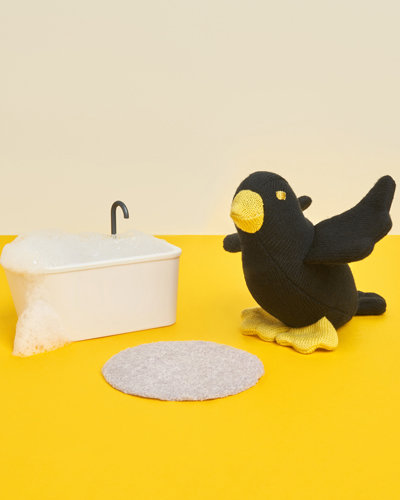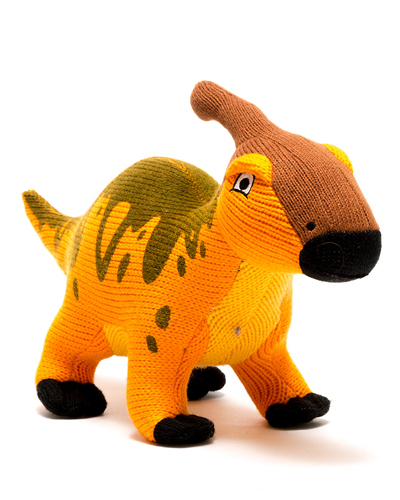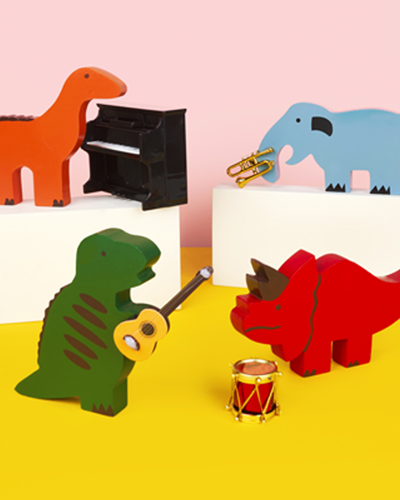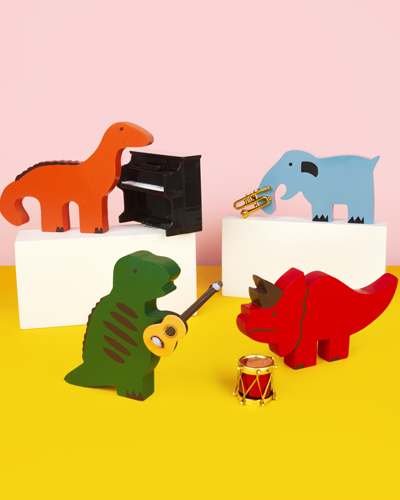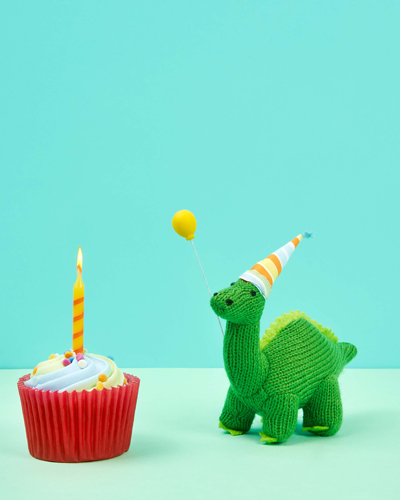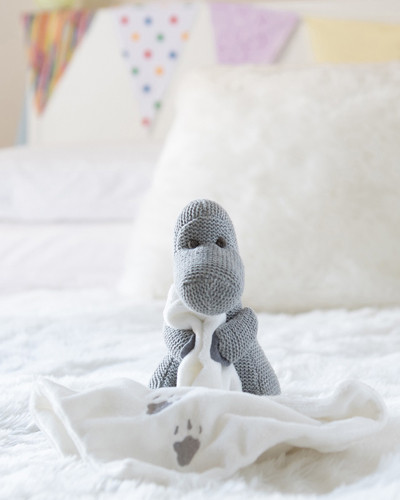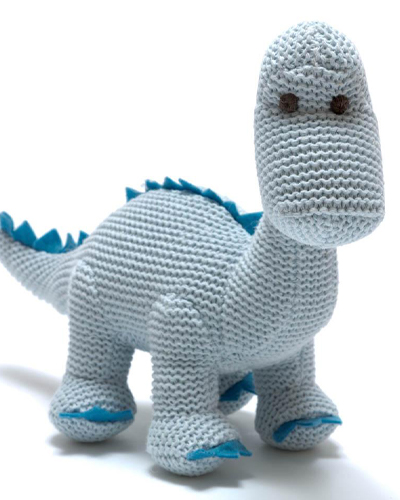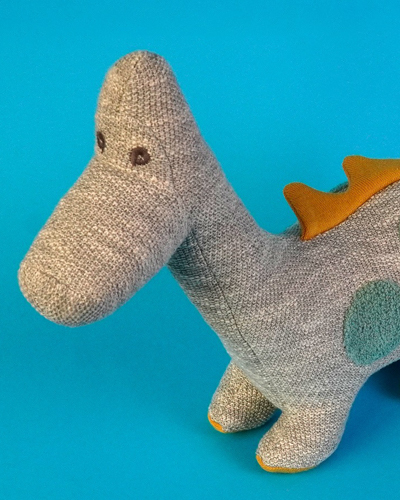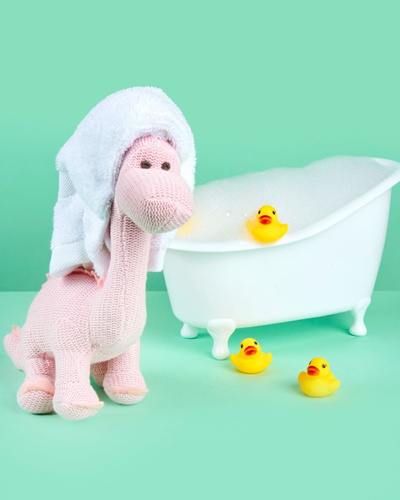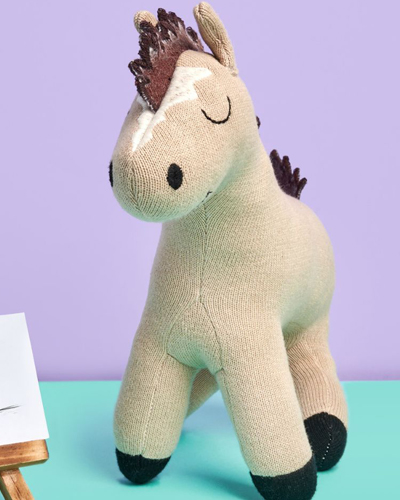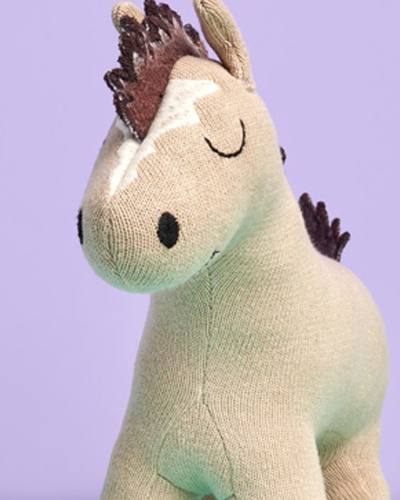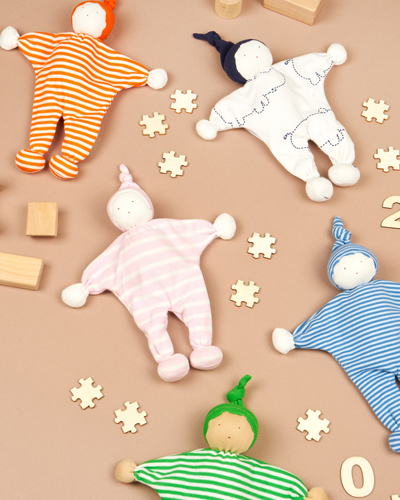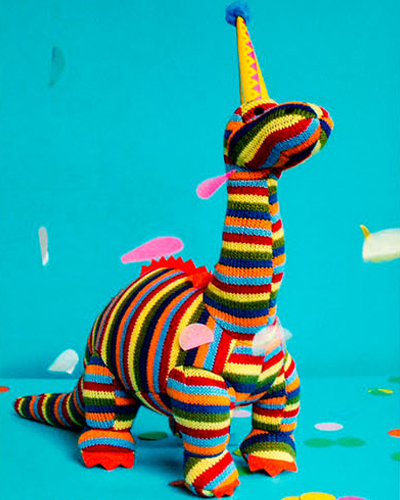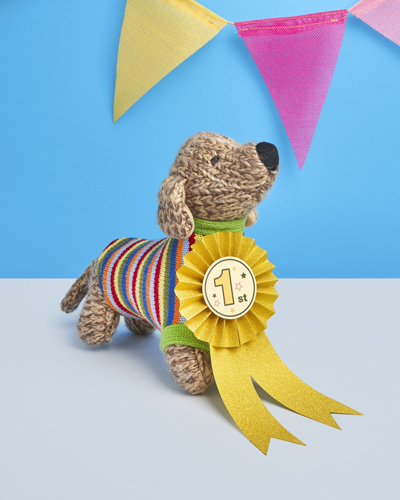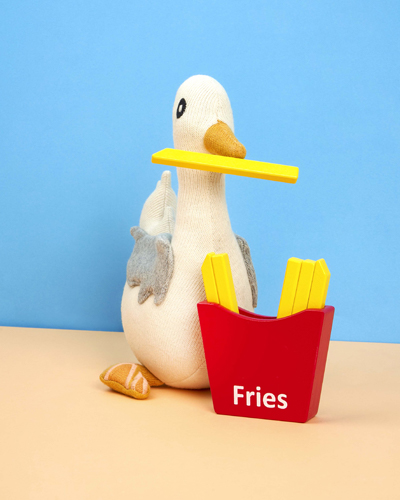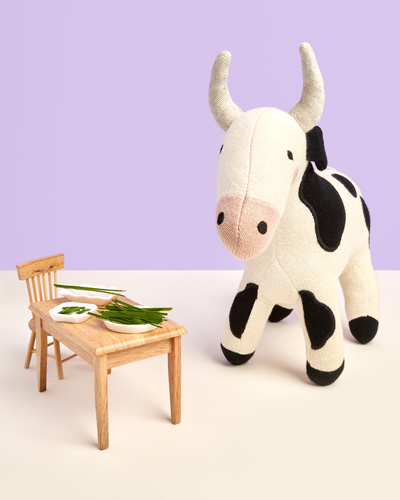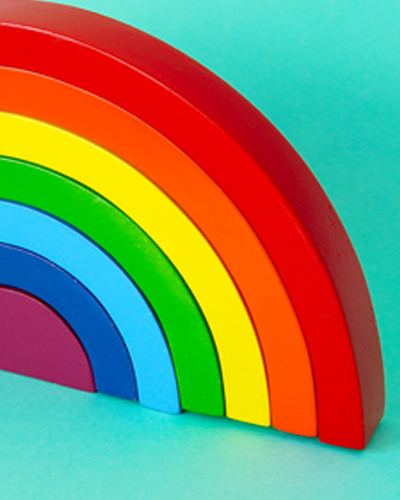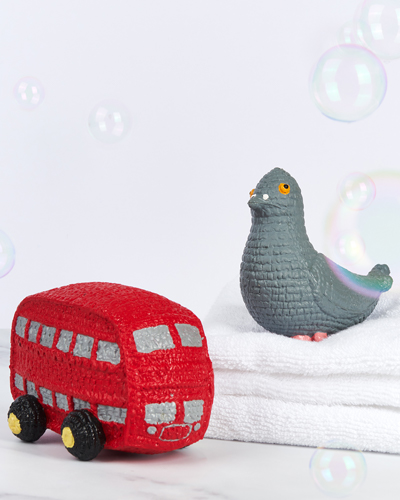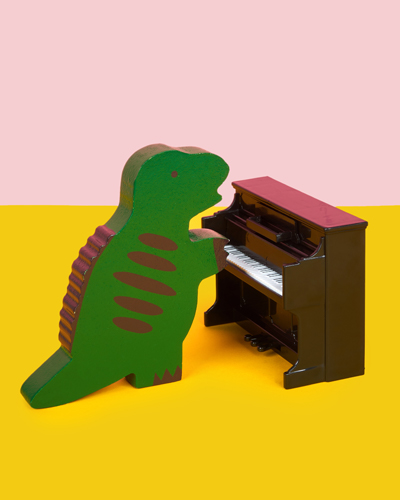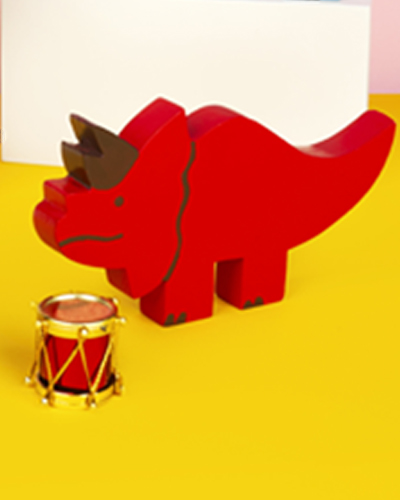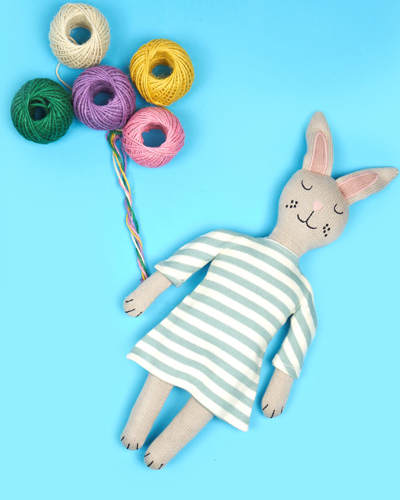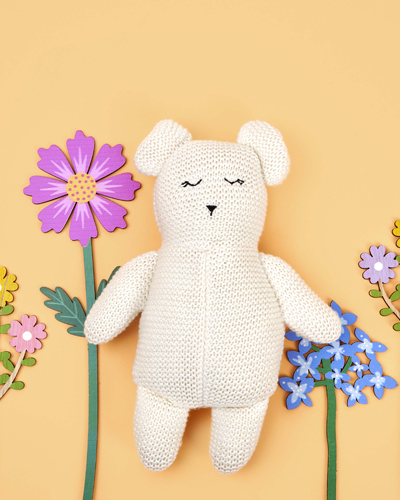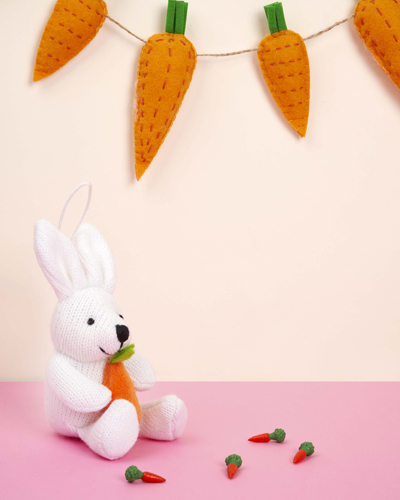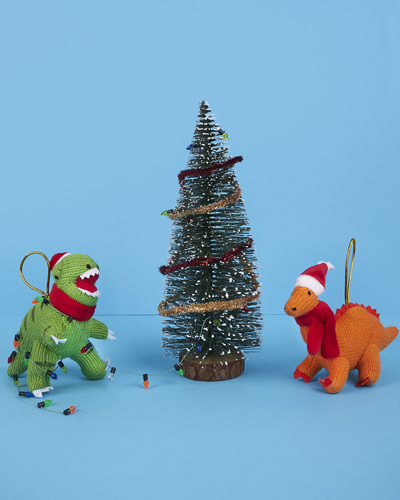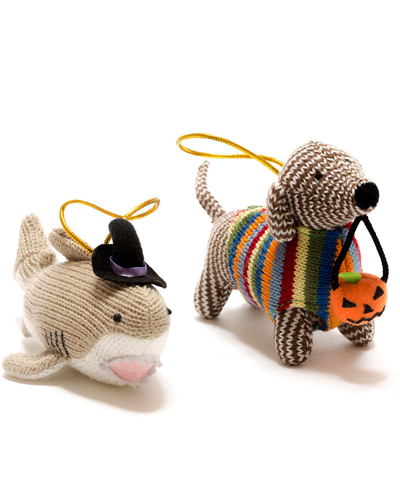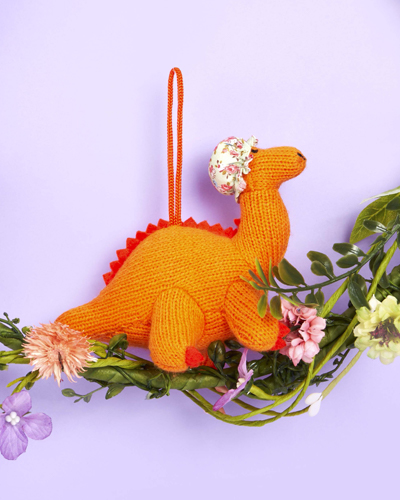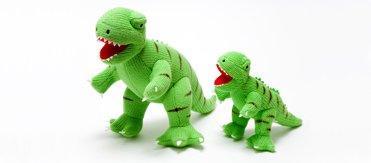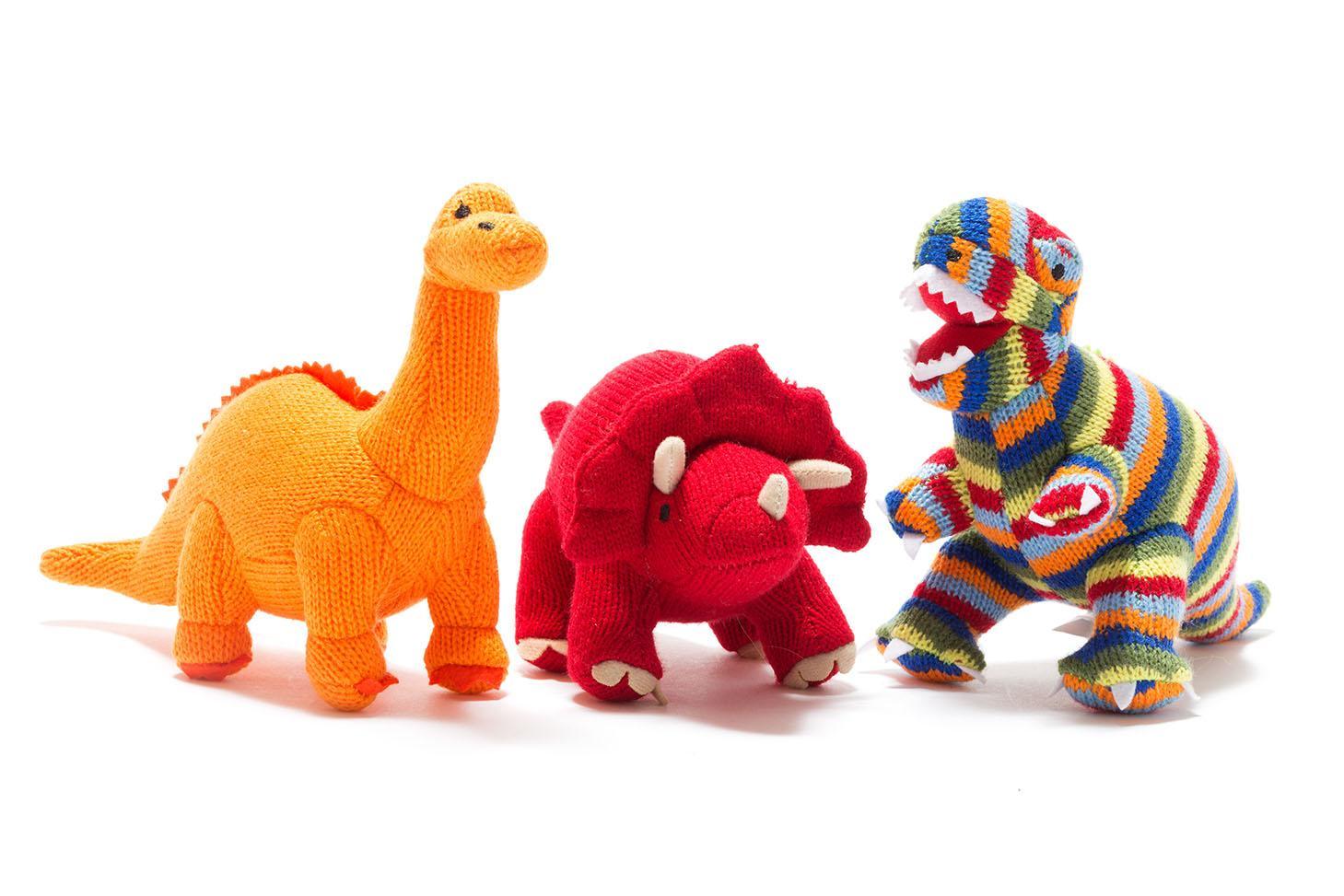Telling the Time used to be one of the first things you learnt at school but in recent years with the advent of digital clocks and mobile phones more and more children are missing this important step.
No parent wants to take on the task of explaining maths to their children, even if they are still at Primary school. However telling the time is a life skill, and one which is complicated to learn at school in a larger class, plus it is something we know more about than our kids so Self Isolation could be a great time to teach them the analogue clock.
Firstly, for younger children, especially those 6 or under, they need to understand the actual concept of time. This may sound weird but humans existed quite happily without clocks for centuries so it’s not an innate knowledge.
It was not until the ancient Babylonian and Egyptian civilisations invented sundials about 1000 years before the birth of Christ that the measurement of time came in to everyday use. Sundials and hour glasses stayed the only real way of telling the time until the invention of mechanical clocks in 14th Century.
To make the concept of time real you need to associate different things you do with different times.
Start with questions such as what do we do in the morning? What meal do we have at noon? What do we do at night time, that sort of thing.
Then you can narrow it down a bit. What time do we have breakfast and lunch? When do we walk the dog/feed the rabbit, what time does your favourite TV show start?
With younger kids you could also time how long a certain activity takes, or do things which take 5 minutes. All these activities help shape the concept of time in their minds.
The way we tell the time involves the ability to count to 60 and to count up in 5s and these are things which are very important to know before you get in to teaching the clock. As with most things this just involves practise. At school kids are taught the 2x, the 5x and the 10x times tables first, most children will recognise the numbers. Just keep asking times table questions to check their knowledge. This is not a suggestion that you line them up and bark maths questions at them before they’re allowed breakfast. Learning in a family environment could and should be fun, and now you have the time together to make it an unhurried process of repetition and asking.
Once they understand the concept of time, and the numbers involved, then you can make an analogue clock together using a paper plate, or cutting out a large circle.
Start just with the big hand, so hours. Only move on when your child really understands hours before progressing on to 30 minutes and then 15 minutes.
And then you are on to practising. Everything you do, every time you decide to do something, reference the clock. What time is it now? When will we read a story? How long will it take?
As parents we have not had the training on how to best impart knowledge and teach our kids from the curriculum. However repetition when your child can make multiple mistakes with no pressure has got to be an invaluable learning time for them.
If you are looking for educational toys at this time, our sustainable wooden toy range includes a clock puzzle which can be used to help your child to learn the time but it is also a puzzle and could be used to learn colours too.
We hope this is helpful and would love to hear from you if you are trying to teach your child to tell the time. If you make your own clocks out of paper plates, please do share a photo of your creation on our Facebook page.



